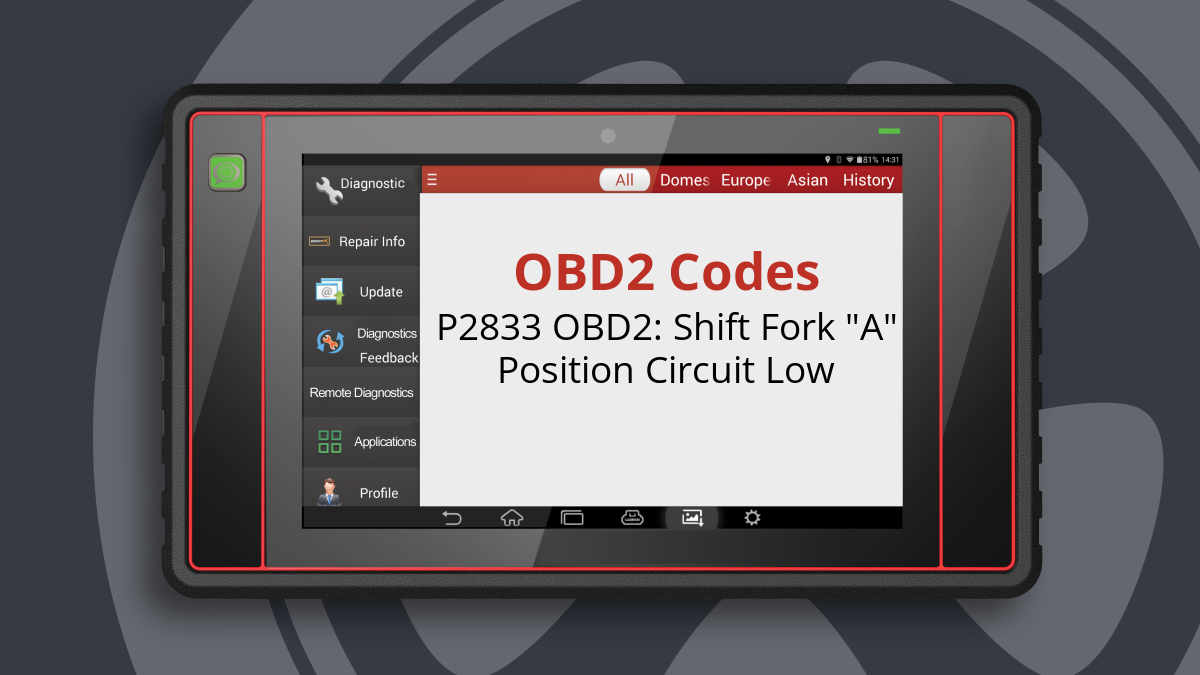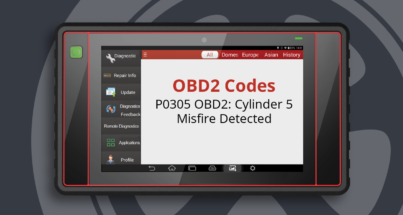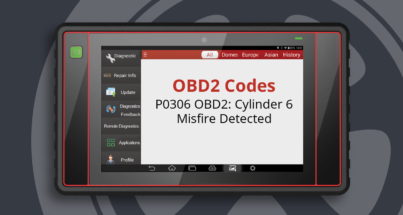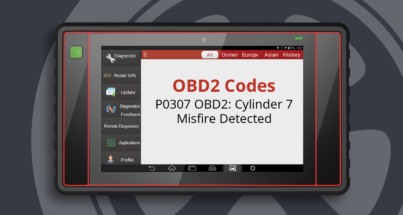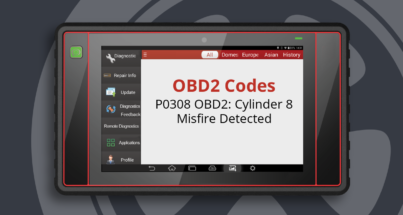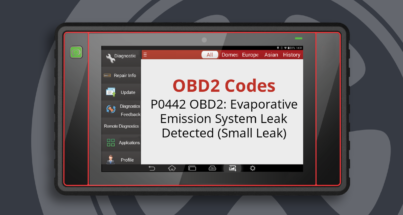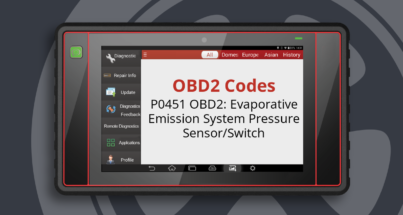What Does the P2833 Code Mean?
The P2833 OBD-II code indicates that there is an issue with the Shift Fork “A” Position Circuit. This code is triggered when the Transmission Control Module (TCM) detects that the transmission is not shifting properly, which could lead to performance issues.
What Causes the P2833 Code?
This code can be caused by several factors, including:
- Internal transmission failure
- Transmission Control Module (TCM) failure
- TCM needs calibration
- Software updates required for the TCM
- Wiring issues affecting the circuit
What Are the Symptoms of the P2833 Code?
Common symptoms associated with the P2833 code include:
- Transmission may not shift properly
- Increased fuel consumption
How Serious Is the P2833 Code?
The P2833 code is considered moderate in severity. While it may not pose an immediate threat to the vehicle’s safety or functionality, it is advisable to diagnose the issue promptly to prevent further complications and maintain optimal vehicle performance.
How to Diagnose the P2833 Code
Proper diagnosis of the P2833 code involves:
- Using an OBD-II scanner to confirm the code and check for any additional codes.
- Inspecting the transmission wiring and connectors for any damage.
- Testing the Transmission Control Module for proper functionality.
- Evaluating the transmission for any internal issues.
Common Repairs for the P2833 Code
Repairs for the P2833 code may include:
- Repairing or replacing damaged wiring or connectors
- Reprogramming or replacing the Transmission Control Module
- Calibrating the TCM as needed
- Conducting necessary internal repairs to the transmission
How Much Does It Cost to Fix the P2833 Code?
The cost to fix the P2833 code can vary widely depending on the underlying issue. Typical repair costs can range from $100 to $1,500, depending on whether it involves simple wiring repairs or a more complex transmission rebuild.
Can I Fix the P2833 Code Myself?
While some aspects of diagnosing and fixing the P2833 code can be done by a knowledgeable DIYer, such as checking wiring and connectors, more complex repairs—especially those involving the TCM or internal transmission components—are best left to professionals. Proper tools and diagnostic equipment are essential for accurate diagnosis and repair.


